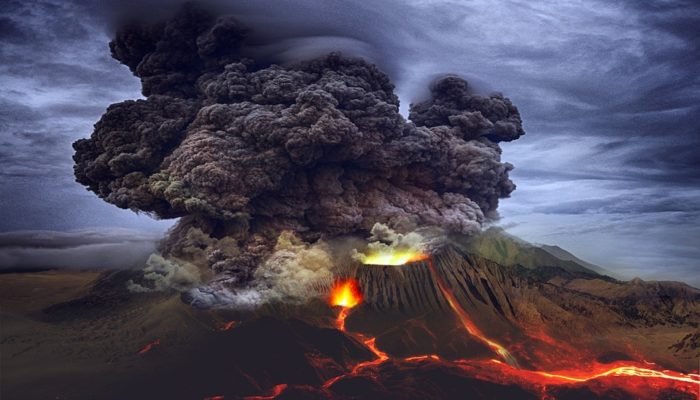The Indian Ocean Geoid Low is an enigmatic phenomenon in geodynamics. Many brain-storming hypotheses have been proposed in the last few decades to explain this geoid low. One popular idea argues that the high density lower mantle slabs contribute to this geoid low. Recent discoveries have shown that low-density anomalies from the African LLSVP region could have a more substantial influence on crea ...[Read More]
Do lower mantle slabs contribute in generating the Indian Ocean geoid low?




